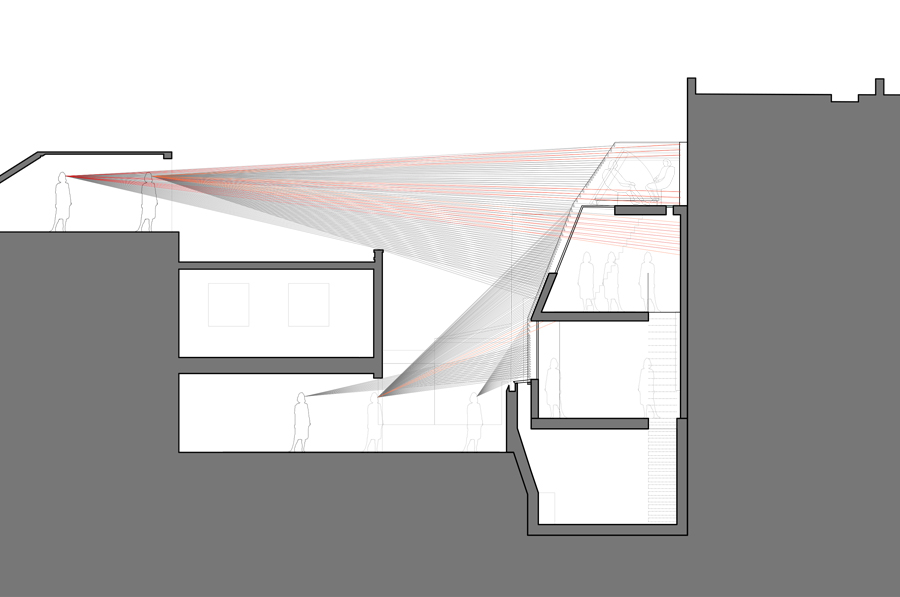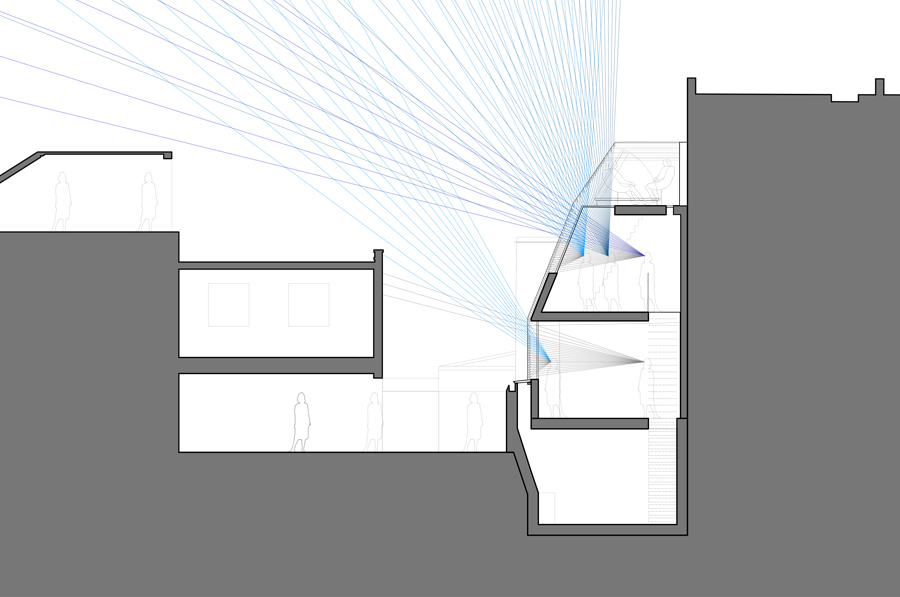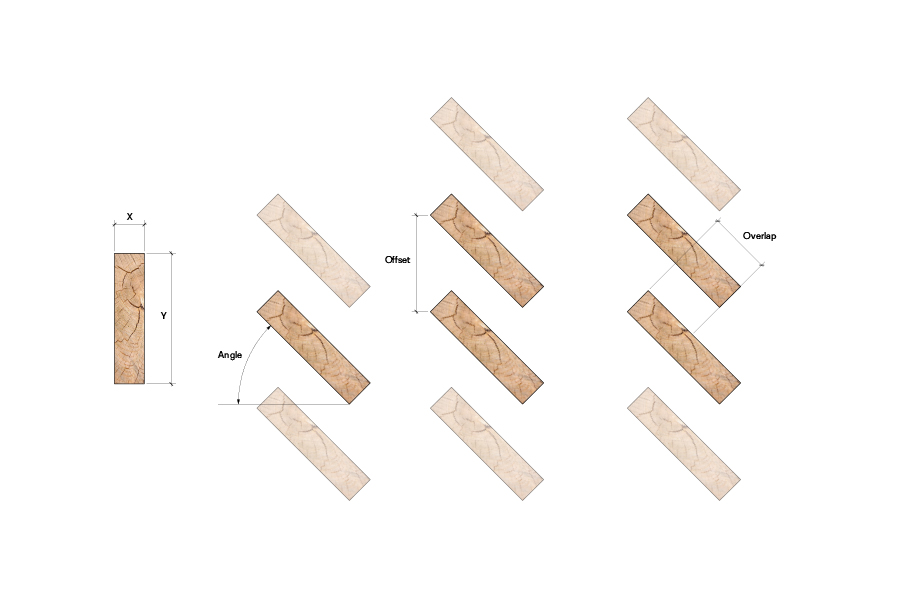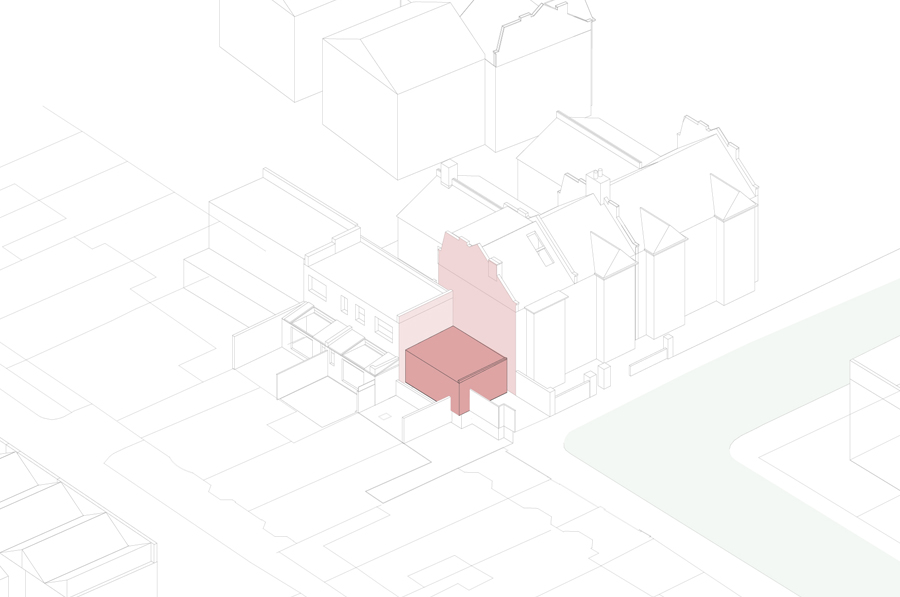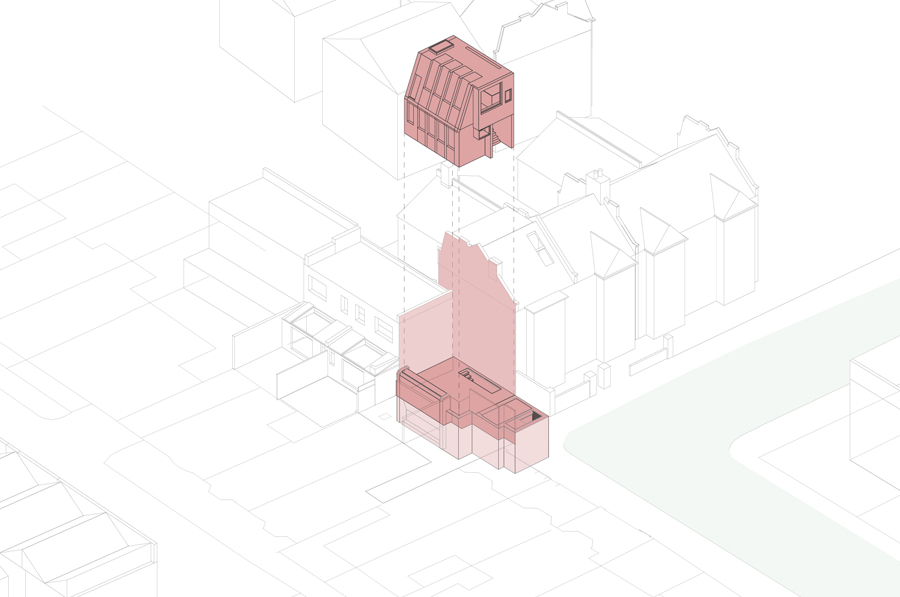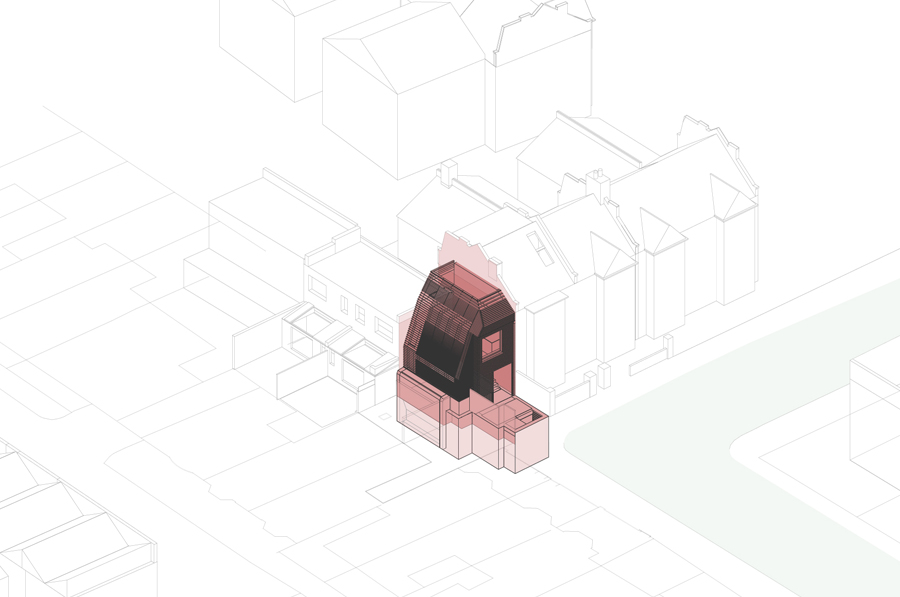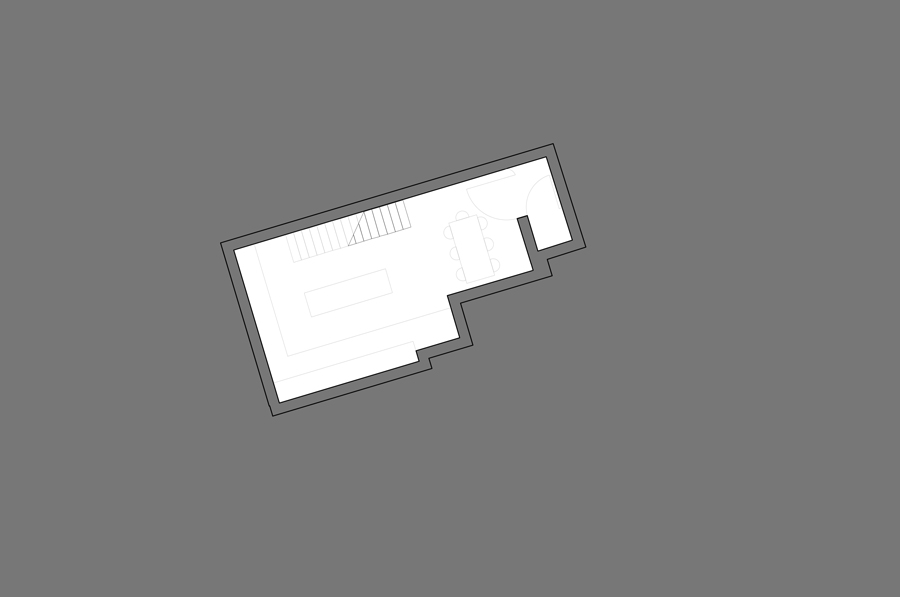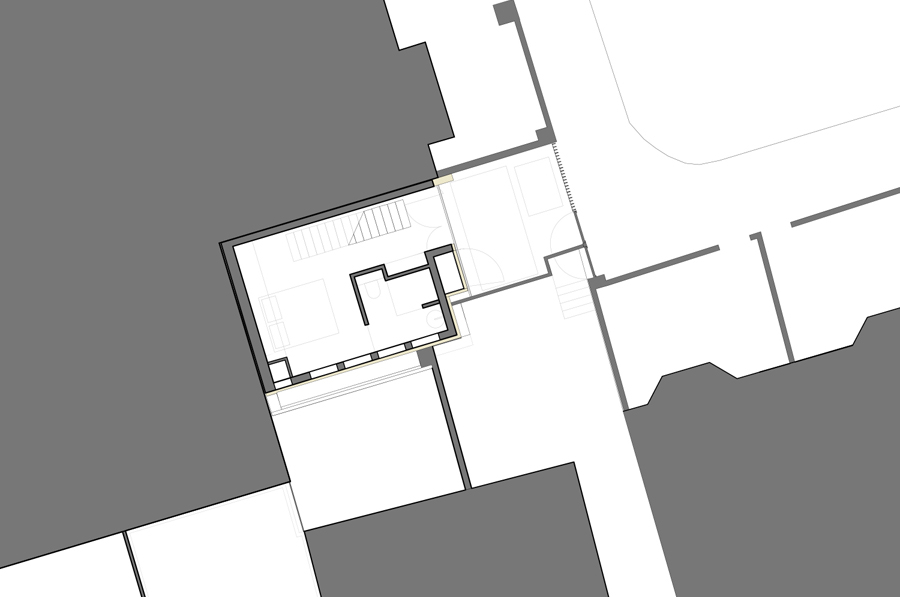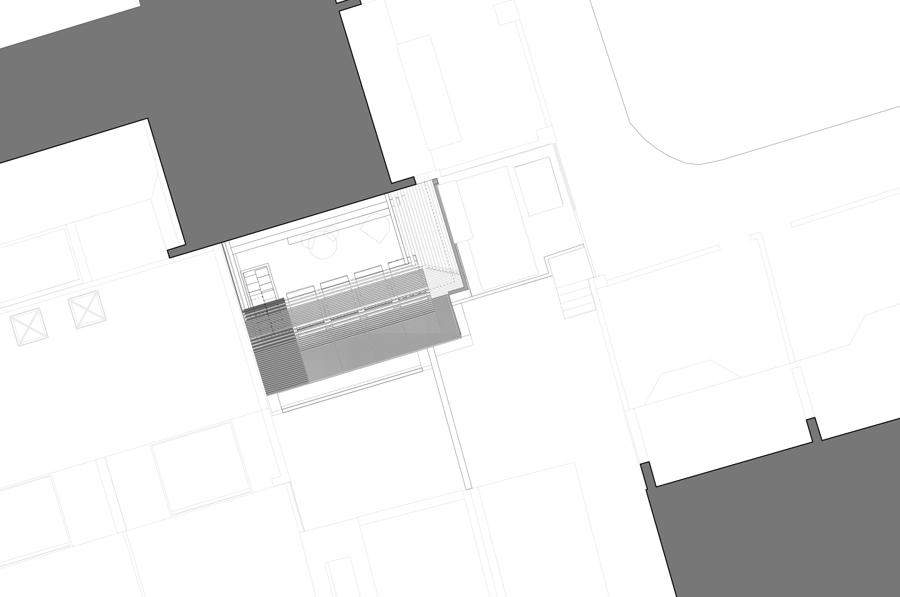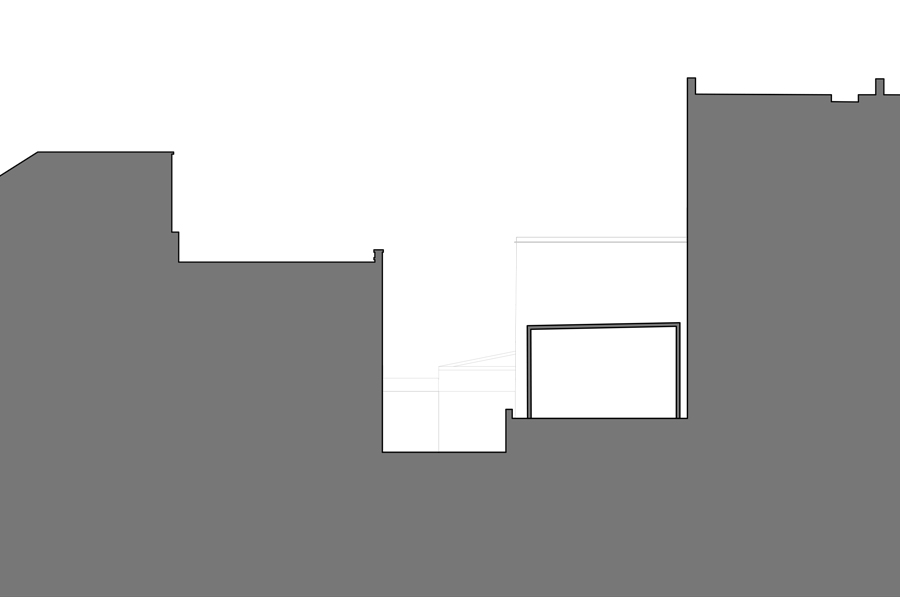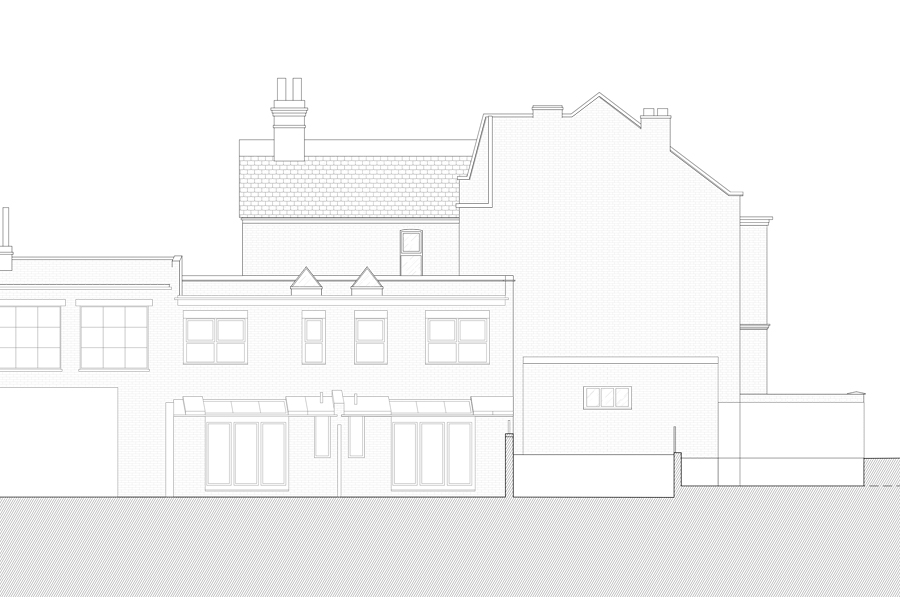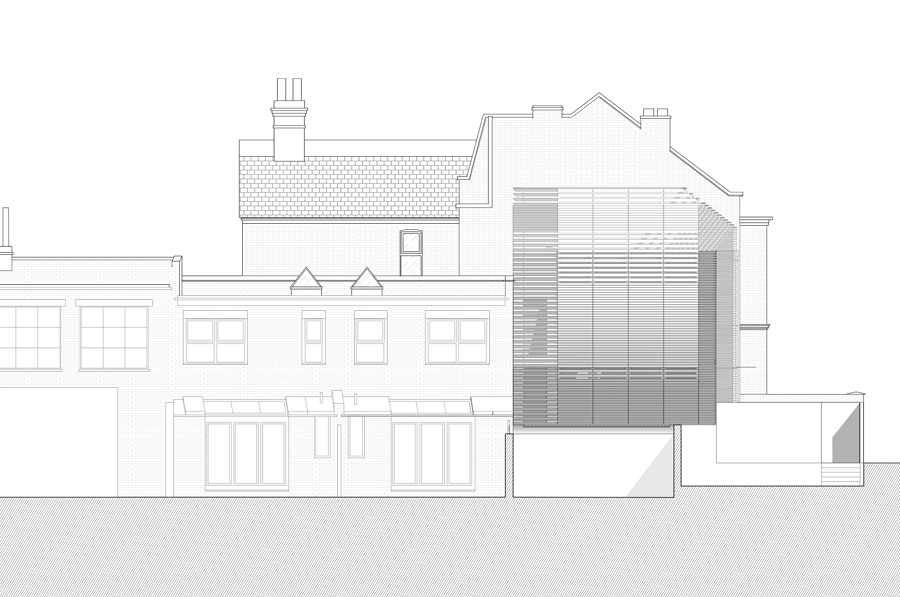Louvred House
Our challenge was to develop a design that would unlock and transform a small garage site into a beautiful new home. The result is a highly contextual and contemporary piece of architecture, which seeks to diversify the local urban environment and its character in an enriching way.
This project seeks to create a contemporary three-storey one-bedroom home on the site of an existing garage. To maximise the tight footprint of the site we have designed a slender house that makes a positive impact on the streetscape. Currently at planning stage, we have been commissioned to take this project from conception to completion and have worked closely with the client to develop the current proposal.
Given the tight urban nature of the site and its contextual constraints, our proposed design seeks to maximise the amount of natural light into the new dwelling, particularly in the basement, whilst also resolving any potential overlooking issues and creating high quality amenity space. Equally important was value placed on creating high-quality internal spaces; our scheme exceeds the minimum required internal floor space for a one-bed two-storey house.
“The house’s complexity comes from the close proximity of neighbouring windows, where the façade needs to strike a fine balance of closing down as much as it needs to open up, acting as a filter between inside and outside.”
Jonathan Dallas
Dallas-Pierce-Quintero
The house is wrapped in a highly responsive timber louvred screen that controls the ingress of light and direction of the views, therefore resolving important matters such as privacy and overlooking from the proposed dwelling, whilst maximising the amount of natural light. At the same time, the front façade respects the local architectural vernacular with a front window that echoes the elevation of a traditional Victorian terrace house.
“We have crafted every maximum possible opportunity for a design that offers flexible modern living, whilst carefully considering moments of joy in bringing those spaces to life.”
Tommaso Cuni
Dallas-Pierce-Quintero
The proposed layout is to have the principal bedroom on the ground floor and the living space on the first floor. This layout achieves the most efficient use of the available space, whilst offering high quality accommodation. The dining area/kitchen will be at basement level and has been designed to ensure it meets the targets set by the BRE guidelines for daylight within internal rooms. This has been achieved by incorporating a two-storey lightwell, a linear rooflight located along the boundary and a walk-on glazed unit in the front yard.
“It has been a pleasure working with D-P-Q on what is a very challenging small site with many potential obstacles. We are delighted with the design which is not only very innovative, but best uses the site and all its constraints, whilst using materials which can be sourced sustainably.”
Client
Sustainability was a key consideration. The above ground structure is entirely timber. The dowel-laminated timber panels will be manufactured off site, while the basement is under construction, and then rapidly assembled on site. This will minimise any potential disruption to the neighbours during the building works, and significantly reduce both dust and noise. The internal surfaces of the structural elements are exposed further reducing the materials required in the building.






